Beniamino Gigli - opera singer
Tenor’s beautiful voice can still be appreciated today
One of the greatest tenors of the 20th century, Beniamino Gigli, died on this day in Rome in 1957. Gigli is remembered for the beauty of his voice, which was powerful as well as mellow and smooth. He made many recordings, which have since been converted to CD and can still be enjoyed by opera lovers today. He also made some film appearances. Gigli was born in Recanati near Ancona in the Marche in 1890. He sang in the choir at Recanati Cathedral as a boy and then went on to study music in Rome. He won his first singing competition in Parma in 1914 and made his operatic debut in Rovigo in the same year, playing the role of Enzo in Amilcare Ponchielli’s opera, La Gioconda. Gigli made his debut on the stage of La Scala in Milan in 1918 singing Faust in Boito’s Mefistofele. The orchestra was conducted by Arturo Toscanini. His first appearance at the Metropolitan Opera in New York came two years later. He became particularly associated with the roles of Rodolfo in Puccini’s La bohème and the title role in Giordano’s Andrea Chenier. His first appearance in London at Covent Garden was in Andrea Chenier in 1930. Read more…
_______________________________________
Andrea Doria – admiral
Military commander with outstanding tactical talent
Andrea Doria, the most important naval leader of his time, was born on this day in 1466 in Oneglia in Liguria. Because of his successes on both land and sea he was able to free Genoa from domination by foreign powers and reorganise its government to be more stable and effective. Doria was part of an ancient aristocratic family but he was orphaned while still young and grew up to become a condottiero, or soldier of fortune. He served Pope Innocent VIII, King Ferdinand I and his son Alfonso II of Naples, and other Italian princes. Between 1503 and 1506 he helped his uncle, Domenico, crush the Corsican revolt against the rule of Genoa. Attracted to the sea, Doria fitted out eight galleys and patrolled the Mediterranean, fighting the Ottoman Turks and Barbary pirates, adding to his wealth and reputation along the way. He then entered the service of Francis I of France who was fighting the Emperor Charles V in Italy and helped him capture Genoa. But after becoming disillusioned with French policies in Genoa, Doria transferred his support to Charles V and helped him drive the French out of Genoa. Charles made him grand admiral of the imperial fleet and gave him the title of Prince of Melfi. Read more…
______________________________________
Simonetta Stefanelli – actress
Godfather star went on to design bags and shoes
Simonetta Stefanelli, the actress and fashion designer, was born on this day in 1954 in Rome. Stefanelli is perhaps best-known for her performance as Apollonia Vitelli-Corleone in the 1972 film The Godfather by Francis Ford Coppola. She also made several films with her former husband, the actor and director Michele Placido. The couple had three children together, Michelangelo, Brenno and Violante Placido, who is also an actress. They divorced in 1994 and Stefanelli and her three children went to live in London for a short time. Before appearing in The Godfather, Stefanelli had small roles in films guided by some of the top Italian directors, such as Gian Luigi Polidoro, Giulio Petroni, Marco Vicario and Dino Risi. In 1972 she appeared in a German film for television. Then came her role in The Godfather alongside Marlon Brando, Al Pacino, Robert Duvall, James Caan and Diane Keaton. Her character is the first wife of Pacino's character, Michael Corleone, a local girl Michael marries while in hiding in Sicily, but is then murdered in a bomb attack of which her husband was the intended victim. After her movie career, Stefanelli settled in Rome, where she opened a fashion store, Simo Bloom. Read more…
________________________________________
Ippolito Nievo - writer and patriot
Risorgimento novel now seen as an overlooked classic
The writer Ippolito Nievo, whose posthumously published Confessions of an Italian is now considered the most important novel about the Risorgimento in Italian literature, was born on this day in 1831 in Padua. Nievo, who was a passionate supporter of the move to unify Italy in the 19th century, drew inspiration from his participation in Giuseppe Garibaldi’s Spedizione dei Mille - the Expedition of the Thousand - which sought to achieve that goal. He died for the cause at the age of just 29, perishing in a shipwreck while transporting important documents from Palermo to Naples. His legacy was preserved in his most famous novel, in which the central character and narrator shares Nievo’s passions. Nievo completed the work in 1858 but it was not until 1867, six years after his death, that it found a publisher. Nievo was born into comfortable circumstances. His father was a prominent lawyer and magistrate in Padua and his mother the daughter of a Friulian countess. Their home in Padua was the Palazzo Mocenigo Querini, a 16th century house overlooking Via Sant’Eufemia, close to the city centre. Read more…
______________________________________
Veronica Gambara – writer and stateswoman
Politically astute poet wrote an ode to Emperor Charles V
Veronica Gambara, a lyric poet who ruled the state of Correggio for 32 years, was born on this day in 1485 in Pralboino in the province of Brescia. Under her rule, the court of Correggio became an important literary salon visited by many writers and artists. Gambara signed a treaty with the Holy Roman Emperor, Charles V, which guaranteed Correggio would not be besieged and in her political poems she expressed Italy as an entity centuries before unification. Gambara came from an accomplished family, one of the seven children of Count Gianfrancesco da Gambara and Alda Pio da Carpi. The humanist poets Ginevre and Isotta Noarola were her great aunts and Emilia Pia, the principal female interlocutor of Baldassare Castiglione’s Il cortegiano, was her aunt. Gambara studied Latin, Greek, philosophy and theology and by the age of 17 had begun corresponding with the poet, Pietro Bembo, who later became her mentor when she sent him her poetry to read. When Gambara was 24 she married her cousin, Giberto, Count of Correggio, a widower aged 50, and they had two sons, Ippolito and Girolamo. Read more…



.jpg)

%20(2).jpg)



.jpg)

.jpg)
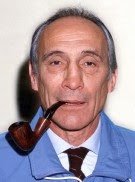

.jpg)











.jpg)

.jpg)


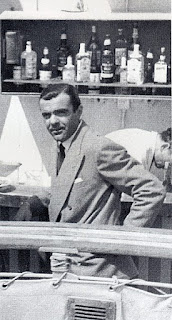
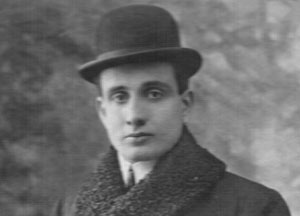

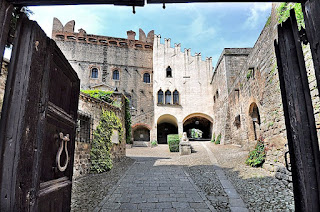
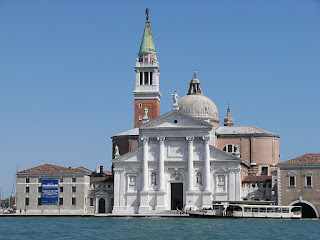


.jpg)
.png)

.jpg)